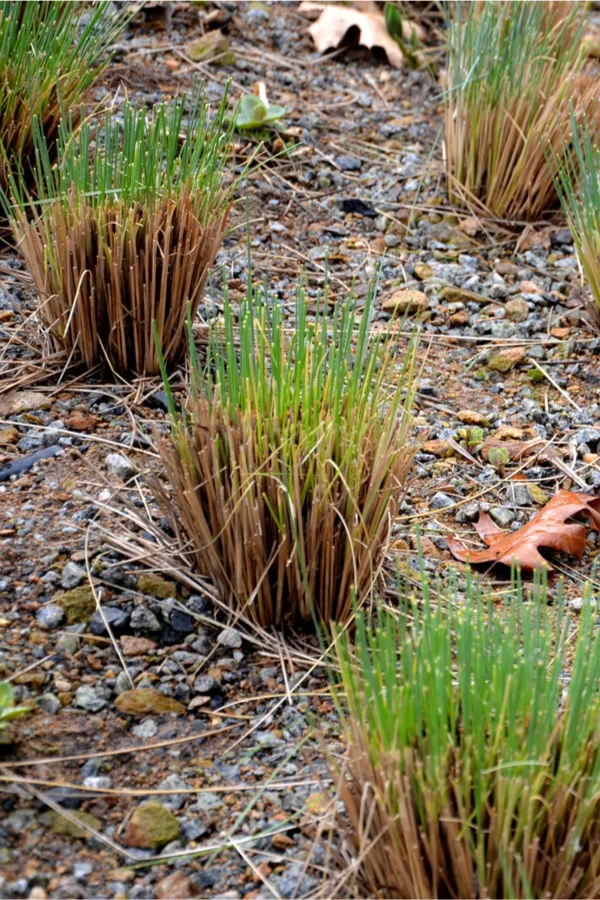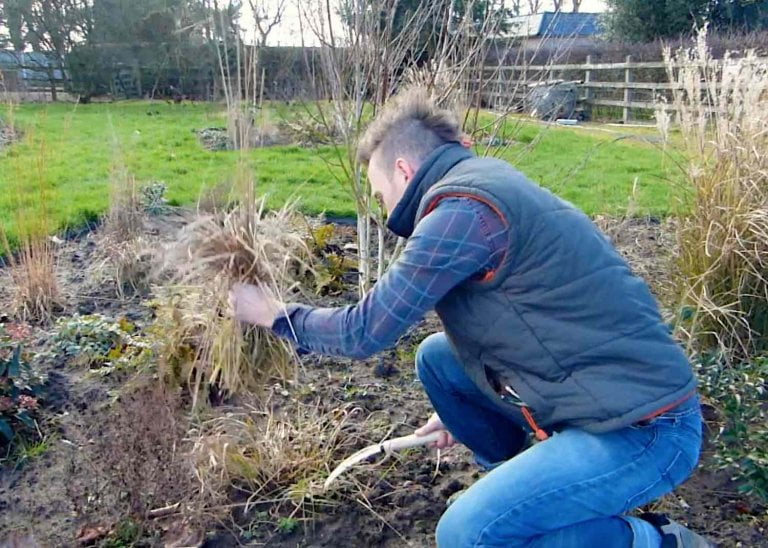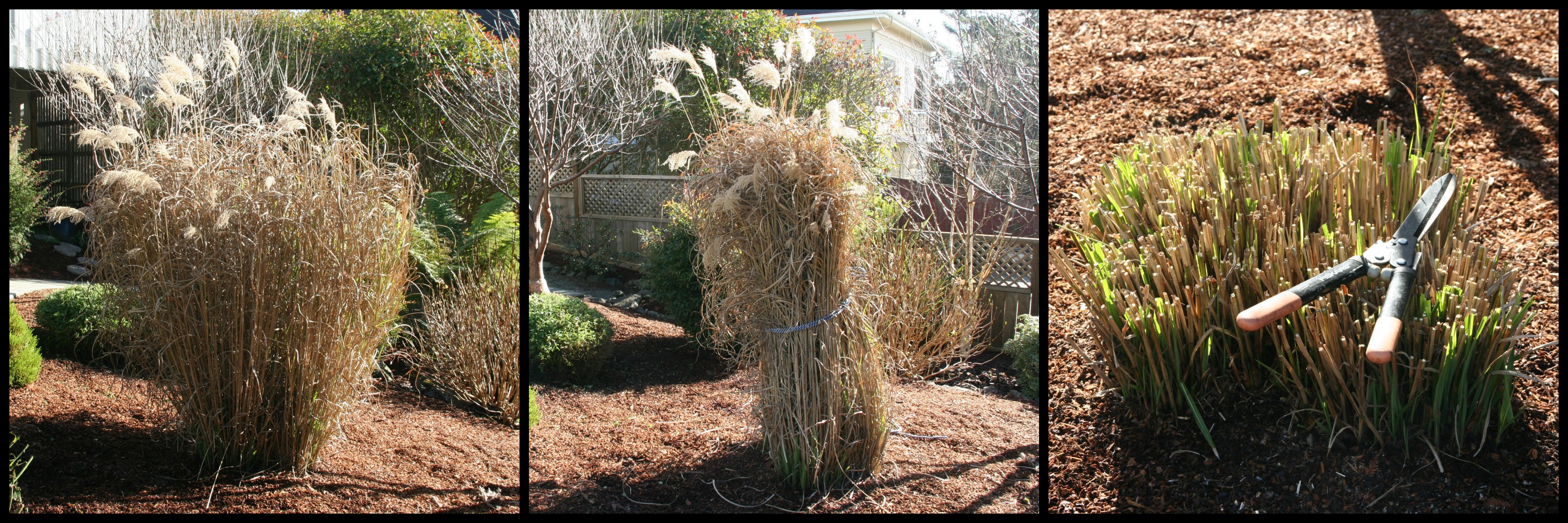Why Timely Trimming Matters
Ornamental grasses are a popular choice for landscaping due to their low maintenance and versatility. However, to keep them looking their best, regular pruning is essential. Pruning ornamental grasses serves several purposes, including maintaining their shape, promoting healthy growth, and enhancing their aesthetic appeal. When ornamental grasses are not pruned regularly, they can become overgrown, leading to a decline in their overall health and appearance. This is why understanding when to cut back ornamental grasses is crucial. By pruning at the right time, you can encourage new growth, improve air circulation, and reduce the risk of disease. Proper pruning techniques can also help to maintain the natural beauty of ornamental grasses, making them a stunning addition to any landscape. In fact, pruning is an essential part of ornamental grass care, and when done correctly, can make a significant difference in their overall appearance and health.
Identifying the Right Time to Cut Back
Determining when to cut back ornamental grasses is crucial to their overall health and appearance. The timing of pruning depends on several factors, including the type of grass, climate, and growth patterns. For cool-season grasses, pruning should take place in late winter or early spring, before new growth begins. Warm-season grasses, on the other hand, should be pruned in late summer or early fall, after the heat of the summer has passed. In regions with mild winters, ornamental grasses may need to be pruned year-round to maintain their shape and promote healthy growth. It’s also essential to consider the growth patterns of the grass, as some varieties may require more frequent pruning than others. By understanding these factors, you can determine when to cut back ornamental grasses and ensure they remain a beautiful and thriving addition to your landscape. Remember, pruning at the right time is key to maintaining the health and beauty of your ornamental grasses, so it’s essential to plan accordingly.
How to Prune Ornamental Grasses Like a Pro
Pruning ornamental grasses requires the right tools, techniques, and precautions to ensure a successful outcome. To get started, gather the necessary tools, including sharp pruning shears, loppers, or a pruning saw, depending on the size and type of grass. Wear protective gloves and eyewear to prevent injury. Before pruning, inspect the grass for any dead or damaged foliage and remove it to prevent the spread of disease. Next, cut back the grass to the desired height, using a slow and deliberate motion to avoid damaging the stems. For tall grasses, it may be necessary to prune in sections, working from the bottom up to maintain stability. When pruning, make clean cuts just above a node, as this will help the grass to heal quickly and reduce the risk of disease. It’s also essential to prune at the right time, as determined by the type of grass and climate, to ensure the best results. By following these steps and taking the necessary precautions, you can prune your ornamental grasses like a pro and enjoy a lush, thriving landscape.
Different Pruning Techniques for Different Grasses
Ornamental grasses come in a variety of shapes, sizes, and textures, and each type requires a unique pruning approach. Fountain grass, for example, benefits from a gentle pruning technique that removes only the dead or damaged foliage, as it can be prone to breakage. Pampas grass, on the other hand, requires a more aggressive pruning approach, as it can grow quite tall and dense. Blue oat grass, with its delicate, blue-gray foliage, requires a light pruning touch to prevent damage to the stems. When pruning different types of ornamental grasses, it’s essential to consider the growth habits and characteristics of each variety. For instance, cool-season grasses, such as blue oat grass, typically require pruning in late winter or early spring, while warm-season grasses, like pampas grass, are best pruned in late summer or early fall. By understanding the specific pruning needs of each type of ornamental grass, you can ensure a beautiful, thriving landscape that showcases the unique beauty of each variety. Remember, when do you cut back ornamental grasses depends on the type of grass, climate, and growth patterns, so it’s crucial to research the specific needs of your grasses before pruning.
Common Mistakes to Avoid When Pruning Ornamental Grasses
When it comes to pruning ornamental grasses, there are several common mistakes to avoid in order to achieve the best results. One of the most critical mistakes is over-pruning, which can lead to weakened stems and reduced growth. On the other hand, under-pruning can result in a lack of shape and structure, making the grass appear unkempt. Another common mistake is pruning at the wrong time, which can cause stress to the plant and lead to disease or pest issues. For example, pruning warm-season grasses in the fall can encourage new growth that may not have time to harden off before winter, making it more susceptible to damage. Additionally, pruning too much of the foliage at once can cause shock to the plant, leading to decline or even death. To avoid these mistakes, it’s essential to research the specific pruning needs of your ornamental grasses and to prune with caution, taking care not to remove too much of the plant material at once. By understanding when do you cut back ornamental grasses and how to prune correctly, you can avoid these common mistakes and enjoy a thriving, beautiful landscape.
The Role of Pruning in Ornamental Grass Care
Pruning is a crucial aspect of ornamental grass care, playing a vital role in maintaining the overall health and appearance of these beautiful plants. By pruning ornamental grasses regularly, you can promote healthy growth, improve soil health, and enhance their aesthetic appeal. Pruning helps to remove dead or damaged foliage, which can harbor diseases and pests, and encourages new growth by allowing more sunlight and air to reach the base of the plant. Additionally, pruning can improve soil health by allowing water and nutrients to penetrate deeper into the soil, reducing the risk of erosion and runoff. Furthermore, pruning can also impact watering and fertilization schedules, as a well-pruned ornamental grass will require less water and fertilizer to thrive. When determining when do you cut back ornamental grasses, it’s essential to consider the type of grass, climate, and growth patterns to ensure the best results. By incorporating pruning into your ornamental grass care routine, you can enjoy a lush, thriving landscape that requires minimal maintenance.
Pruning Ornamental Grasses for Seasonal Interest
Pruning ornamental grasses is not only essential for maintaining their shape and promoting healthy growth, but it can also enhance their seasonal interest. By pruning at the right time, you can encourage winter interest, spring growth, and summer blooms. For example, pruning ornamental grasses in late winter or early spring can stimulate new growth and encourage a vibrant display of color in the summer. Additionally, pruning can help to maintain the plant’s structure and prevent it from becoming leggy or unruly. When determining when do you cut back ornamental grasses, consider the type of grass and its growth patterns. For warm-season grasses, prune in late winter or early spring, while cool-season grasses should be pruned in late summer or early fall. By pruning at the right time, you can enjoy a beautiful display of ornamental grasses throughout the year, with minimal maintenance and care. Furthermore, pruning can also help to create a sense of continuity in the landscape, as the grasses will maintain their shape and structure even in the off-season.
Maintaining Your Ornamental Grasses After Pruning
After pruning ornamental grasses, it’s essential to maintain them properly to ensure they continue to thrive. One of the most critical aspects of post-pruning care is watering. Ornamental grasses require consistent moisture, especially after pruning, to promote healthy growth and prevent stress. Water them deeply once or twice a week, depending on the climate and soil type. Fertilization is also crucial, as it provides the necessary nutrients for growth and development. Apply a balanced fertilizer in the spring and summer months, following the manufacturer’s instructions. Additionally, monitor your ornamental grasses for pests and diseases, such as aphids, spider mites, and fungal infections. Regularly inspect the plants for signs of infestation or infection, and take prompt action if necessary. By following these simple tips, you can enjoy a lush and vibrant landscape of ornamental grasses, even after pruning. Remember, when determining when do you cut back ornamental grasses, consider the type of grass, climate, and growth patterns to ensure the best results. With proper pruning and maintenance, your ornamental grasses will thrive and provide beauty and interest to your landscape throughout the year.



:max_bytes(150000):strip_icc()/cut-back-ornamental-grasses-1402420-hero-f02fe6434e4241ffacd734b294f28667.jpg)
:max_bytes(150000):strip_icc()/mexfeather2-37f26f21a3ec4d4ea4262ebd8f85040d.jpg)

